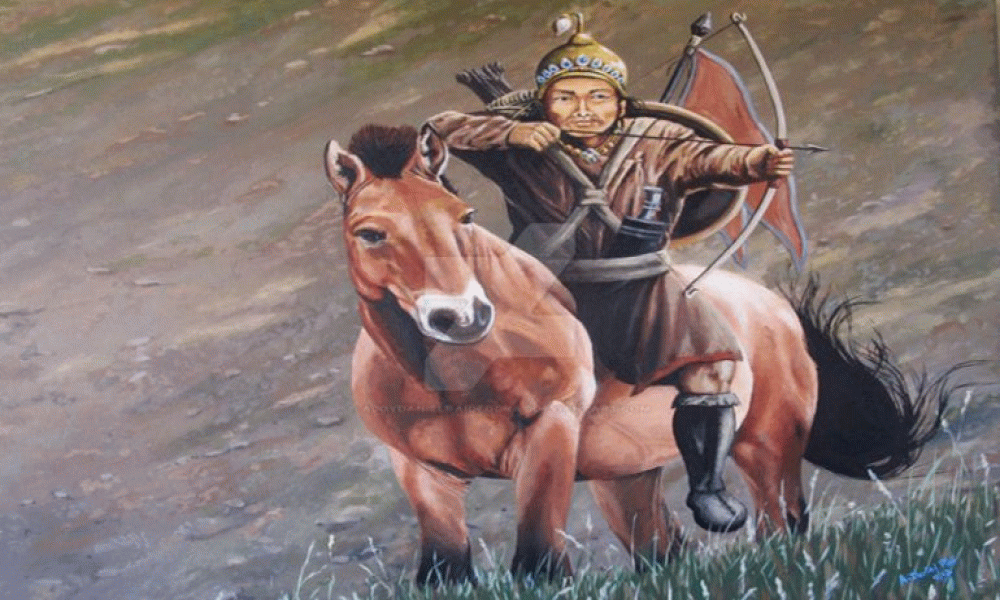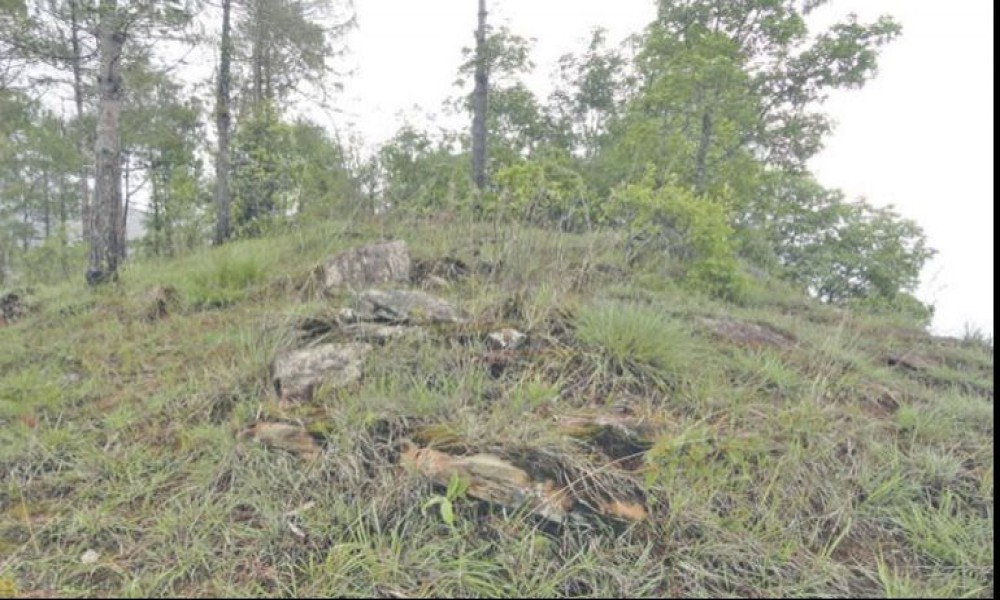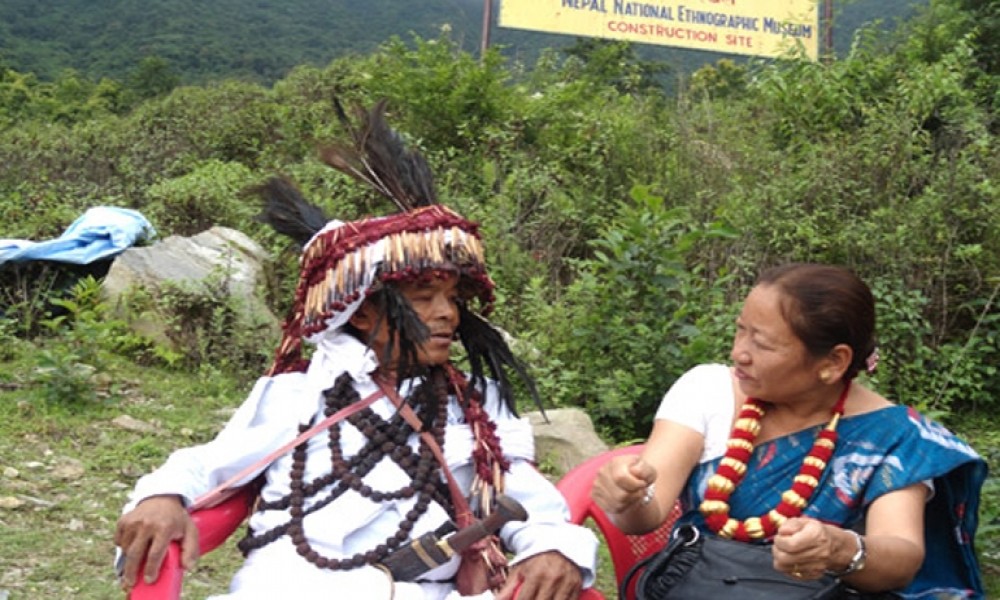Nepal's Adivasi Janajatis are fighting for a multi-ethnic, multi-linguistic, multi-cultural and multi-religious and secular country. But the ruling class has chosen to ignore their aspirations for a plural society. They get suspicious when the marginalized people demand an inclusive society. They think they will lose out on the facilities that they have enjoyed so far if they agree to recognize identity of indigenous people.
But it is the 21st century, and the Manu Smriti of the Hindus can no longer be the foundation of governance in today's time. Sooner rather than later, the ruling class will have to accept pluralism, multi-culturalism and multi-identity.
Kirant people are now fighting for their autonomous states based on their identity. And one of the facets of their identity is Yele Sambat – their own Kiranti calendar. Yele Sambat is also known as Yalambar Sambat named after the first Kirant king Yalambar. Four umbrella associations of four different Kirant communities have decided to name it 'Kirant Yele Sambat'. And they want to use their own Kirant calendar in their future provinces.
Limbus call it Yele Tangbe, Bantawa Rais call it Yele Dong and Sunuwars call it Yele Thoche. But now it is officially named as Kirant Yele Sambat by associations of Limbus, Rais, Yakkhas and Sunuwar.
Limbus call it Yele Tangbe, Bantawa Rais call it Yele Dong and Sunuwars call it Yele Thoche. But now it is officially named as Kirant Yele Sambat by associations of Limbus, Rais, Yakkhas and Sunuwar.
According to historian Prof Dr Jagdish Chandra Regmi, Nepal was ruled by different Kirant kings before Khas language-speaking Arya people emerged as the dominant class. An academic paper written by him in 2011 reads: "According to historical documents on the genealogy of the Gopal Dynasty, altogether 32 Kirant kings ruled Nepal for 1964 years. Yalam (Yalambar) ruled Nepal as the first Kirant king circa 1779 BC. If you count the years after the reign of Yalambar, as many as 3,790 years have passed as of 2011 AD. So 2011 AD is the year 3790 inKirant Yele Sambat calendar."
Nepal's Adivasi Janajatis are fighting for a multi-ethnic, multi-linguistic, multi-cultural and multi-religious and secular country. But the ruling class has chosen to ignore their aspirations for a plural society. They get suspicious when the marginalized people demand an inclusive society. They think they will lose out on the facilities that they have enjoyed so far if they agree to recognize identity of indigenous people.
The first day of the Kirant calendar begins on 15 January. So from 15 January 2016, Kirantis are entering in the year 3795. But Kiranti people also believe that they are now entering the year 5076 from 16 January 2016. They count the year from the end of the mythical Kali age to claim that they are now in the Kirant Yele Sambat 5076. But historians, including Regmi, have suggested that the Kirant year 3795 is more authentic and we should all follow it.
Five years ago, Kiranti people formed a committee led by academician Bairagi Kainla to study logics behind both Kirant calendars. The committee organized an international conference in Kathmandu in which many were in favour of recognizing the Kirant year 3795. They also submitted memorandum to the government demanding official recognition of Kirant Yele Sambat.










